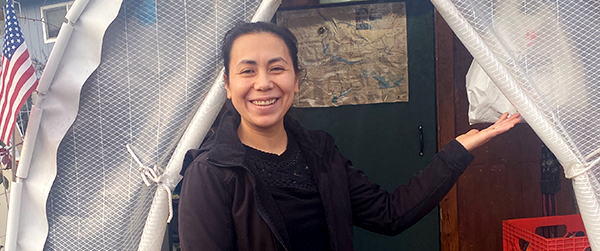News & Events
To stay connected and learn about upcoming events, subscribe to our quarterly newsletter and follow us on social media.
If you are a member of the media who is seeking information or would like to request an interview, contact community@cssoregon.org.
Homeless Winter Safe Spot residents talk about what it takes to get through a winter.
Feb. 7, 2016
It’s winter again in Oregon: rain, cold, that oozing gray wetness that permeates everything. For most of us that means maybe cleaning our gutters, getting our furnaces checked, adjusting the thermostat, laying in a supply of wood for our stoves or fire places or paying bigger utility bills. Winter is something we pass through between our heated cars and our heated homes, wearing just the right layers of fleeces and raincoats and waterproof footwear. And we’ve been known to complain about the hassle and unpleasantness of it all.
But for those who live outside of conventional housing–-or just outside, period–-winter is a daily challenge to be overcome.
“It’s something that concerns me a lot,” says Praise, who lives in a Conestoga Hut at the Roosevelt Safe Spot and has had 18 different periods of homelessness in his 52 years. “I’ve been unhoused enough I’ve figured out the bare minimum of what I need for comfort because I have a lung condition, so I do try and make sure I stay as healthy as possible.”
For Nan (not her real name), a middle-aged woman living in a tent at the Chambers Safe Spot, this is her first homeless winter—and it’s hard. “I get cold easy,” she says. “I have to put a lot of effort into staying warm and dry.”
Sherri, 54, and Gary Newman, 62, live in a Hut at the Roosevelt camp, after they spent last winter in a tent there. Even though it’s much easier coping with winter in the Hut, Sherri says they still have to make a concerted effort “every day” to keep themselves reasonably comfortable.
Jeremy Jordan, 31, is in his fifth winter living outside and his second in a tent with his wife Rose at the Chambers camp. He says it doesn’t take him long to get ready for winter because he keeps close track of the changes in the weather. Certain people at the camp monitor the weather closely, and residents even compare sources to make sure they are getting the most accurate information.
Konnie “Mack” Mack-Kilday, 27, homeless since 2007 and in her second winter in a tent at the Chambers camp, says that while those experienced living outside can prepare relatively quickly, it can take others as much as a few weeks and sometimes they don’t really know what they need until winter is upon them.
“Number one is you have to fight for your right to keep your body dry and your belongings dry, especially your clothing,” says Praise. “If you go out and get soaked, you’ll be so cold,” Sherri says, “and you’ll get very sick.” Mack agrees. “It’s definitely key keeping dry,” she says. “Last winter, I didn’t have a rain suit but I got blessed with a rain suit this year and I’ve been a hundred times warmer and I haven’t got sick yet.”
Praise uses an umbrella when he goes outside of his Hut around camp so he doesn’t bring any moisture inside. He says he’s learned enough about thermodynamics to understand how to keep warmth in either a Hut or a tent while maintaining a sufficient airflow to minimize moisture buildup. He’s conscientious about wiping down any moisture that might build up. And when he has to wear heavy clothes to bed for warmth, he wears layers so any moisture resulting from sweat is dispersed among the layers rather than soaking a single layer.
“If you know you are going to sweat” he says, “you have to find a balance. Being unhoused really is a lot about balance.”
Sherri and Gary say it’s much easier to control moisture and keep their belongings dry in their Hut than it was in the tent last year. They have some condensation because of temperature variations between inside and outside, but they make sure to wipe it away and use Lysol in spots where they suspect mold might develop. Their top advice to newcomers to a homeless winter is to always keep a dry change of cloths, including extra pairs of shoes and socks and an extra coat.
It’s not as easy for Nan, who had bronchitis when we spoke to her, in her first winter in a tent. She keeps all her clothes in heavy plastic bags inside of plastic totes. Tents at the camp sit on raised wooden platforms with an A-frame tarp above, with openings at both ends. Most people add additional tarps to close off the ends, but even those extra tarps don’t always keep moisture out. Nan says she had to throw out some of her blankets because they had gotten moldy.
“There’s a few of us out here that for whatever circumstance, they just struggle with waterproofing,” Mack says. Her mattress sits on a piece of plywood raised off the tent platform by four bricks to allow air flow because mold tends to develop under her bed. The mattress is a little larger than the piece of plywood so she supports the edges with a couple of candles and two Dri-Z-Air containers, which have beads that are supposed to absorb moisture and are also used by other camp residents.
Jeremy and Rose get a lot of moisture in their tent, which Jeremy says is more of a summer tent with mesh all the way around it. “We literally have to pull almost everything out, wipe the tent down, and wring whatever we have out,” he says. “We have a drying line in our tent from one post to the other and we hang things up and let them dry out. It’s almost a daily issue.”
People who live outside keep a close eye on the temperature. Praise says a certain shift in thinking happens when temperatures get below 40 degrees at night. Others say that temperatures between 30 and 35 degrees prompt them to really start paying attention.
When the nights get cold, Nan wears two or three pairs of socks to bed, two pairs of tights, a turtleneck and an additional shirt, a heavy fur-hooded coat, a warm hat, and gloves. She has two sleeping bags stacked on top of each of other and a bunch of other blankets on top of that. She pulls the covers over her head so her breath will help keep her warm. When the temps get down to 30 and below and the Egan Warming Centers are open, she goes there.
Jeremy and Rose sleep on four thick egg-shell pads under three blankets, and they bundle up in so many clothes, it looks like they’re wearing life-jackets, he says. That keeps them plenty warm, even on the coldest nights, but they do generate a lot of moisture.
Mack sleeps on top of her sleeping bag with a thin throw blanket and a comforter on top until the temperature gets below 35 degrees. Then she’ll get under her sleeping bag, she says, which is rated to work down to 5 below zero. When it’s really cold, she throws a hand warmer in the sleeping bag, to keep it warm all night, she says.
Sherri and Gary have a propane cooking stove in their Hut, and they’ll light that for about 10 minutes when they first come in at night: “It warms your place up and it stays warm until you open the door,” Sherri says. They make sure they have sufficient ventilation so fumes from the stove are not a problem. They use sleeping bags and comforters, but it’s much more comfortable in the Hut than it was last winter in their tent, when, Sherri says, she would just hunker down for the night under piles of covers. The Huts are “well-insulated,” Gary says. “They stay pretty comfortable.”
Praise agrees, even though he has an older Hut that’s not as well insulated as the newer ones. He doesn’t use propane but says a couple of candles provide enough heat to warm the space. On cold nights, he sleeps in a mummy bag inside of a larger sleeping bag, making sure the bags are big enough to move around in but not so big they allow cold air to settle inside.
Praise, Mack, Sherri and Gary, and Jeremy and Rose have made it through the coldest nights without using the Egan Warming Centers, but they all say they are glad the centers are available for other camp residents who do go there.
Both camps have central tents with propane heaters where people can go anytime they get too cold. That’s one of the reasons that those who have lived through winters on the streets say it’s easier coping with the elements within the community of the camps.
“It’s much, much easier,” Praise says. “Living in a community like this where you have structure and longevity, it forces people to get along with each other, and the more trust you build, the easier it is to learn from each other. It’s a continuous education we give each other.”
“It seems a lot easier here than being out on the streets on your own.” Jeremy says, “just because you’ve got that secureness here and collaboration.”
“It’s so much safer here,” Gary says. “When you’re out on the streets, especially in the winter, you have to worry about your life, about your valuables. You really can be a victim for predators.”
There’s no formal structure in either camp for winter preparation. “People need to find their own wits about how to deal with winter,” Mack says. New people who aren’t experienced living outside in the winter or are still learning to trust the camp community sometimes need to try their own approaches first, she says.
“But we still give them ideas about what they could do,” Jeremy says. “We don’t let them fall too far,” Mack adds.
“A lot of it goes on behind the scenes,” Praise says, “and nobody has a complete picture of how much it happens.”
The Safe Spot residents offer some additional advice for anyone new to being homeless in the winter:
- Have a sleeping bag that is rated to at least 30 degrees or lower.
- Invest in good hand warmers.
- Stay hydrated. Drink lukewarm water if you can get it.
- Get tarps thick enough to hold heat in and last for a while.
- Get heavy plastic totes with lids to keep clothes dry.
- Get and wear extra socks so at least your toes don’t get too cold.
- Get out and move. Aerobic exercise heats your body up and reduces your viral vulnerability.
- Make sure you have a good source of weather information.
- If you’re lucky enough to have a mate, hugs are a good source of heat
- “It takes a commitment,” says Praise. “It takes a willingness to be your own caretaker.”
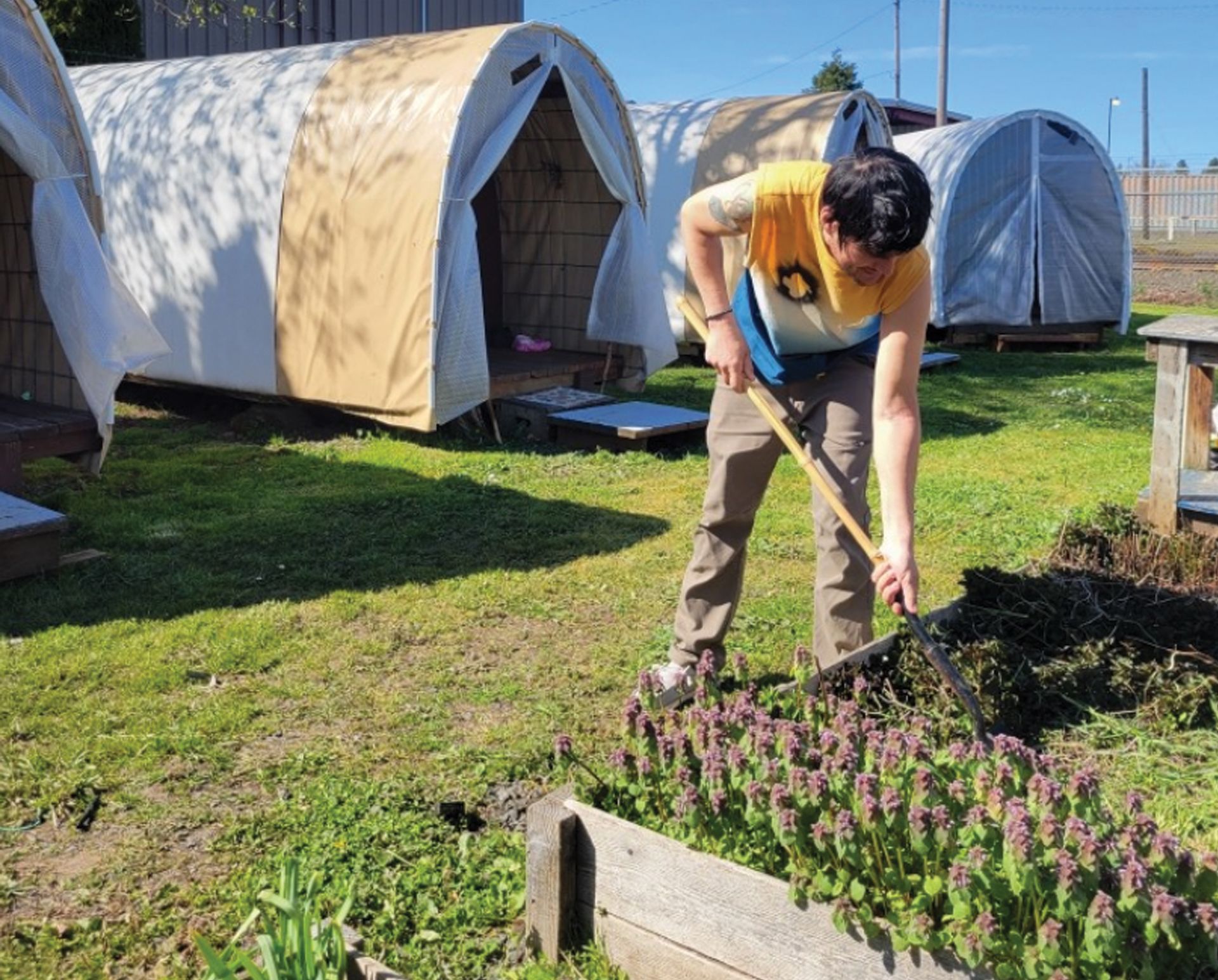
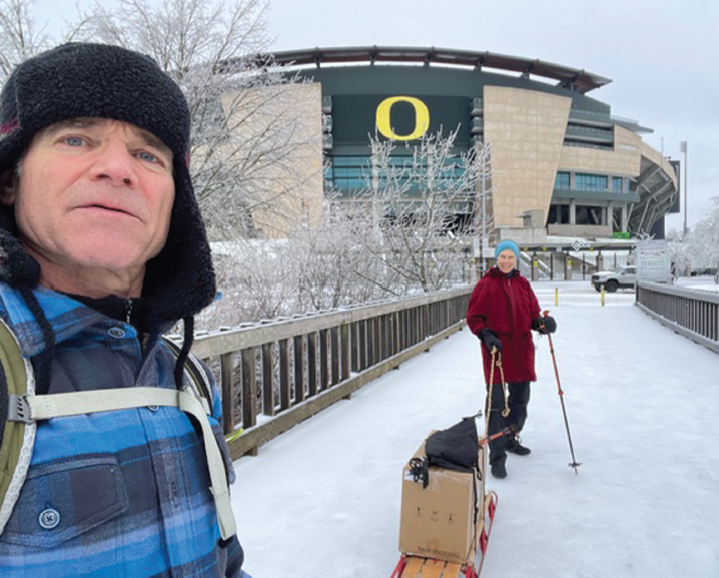
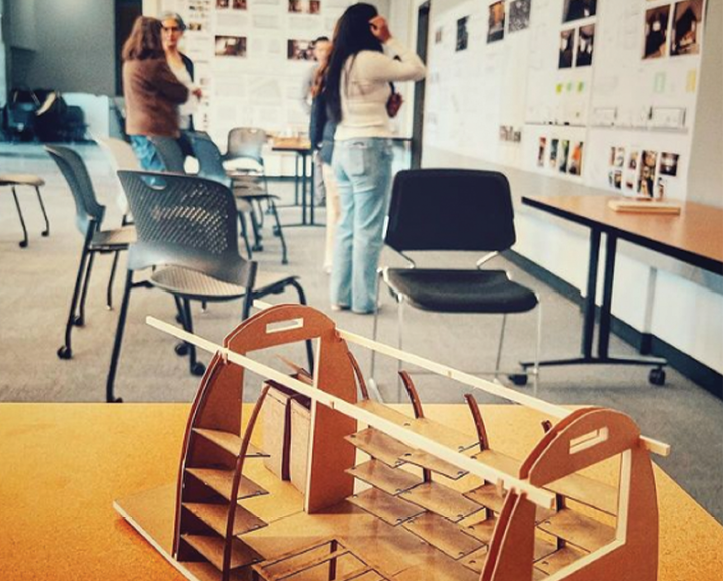
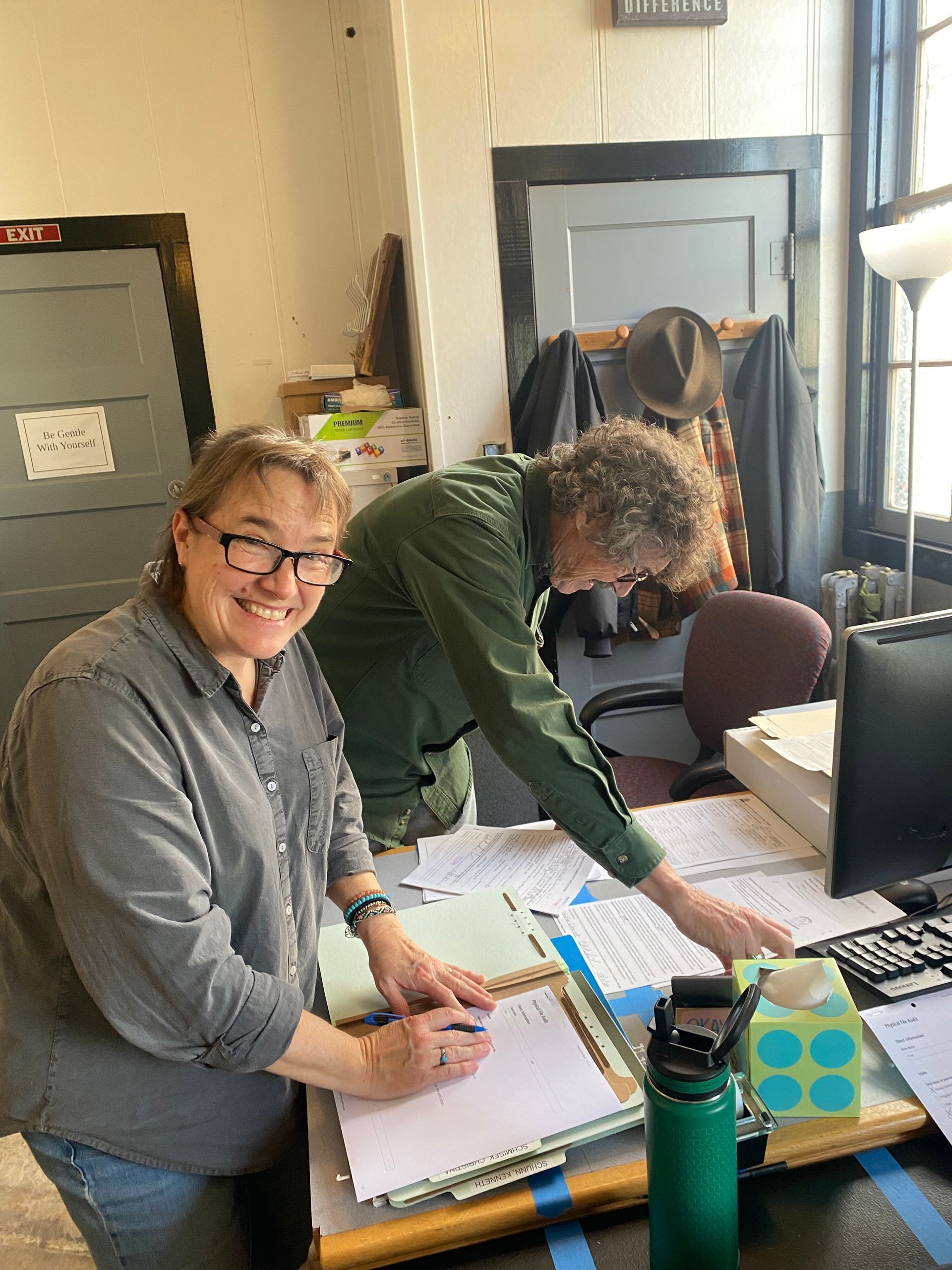
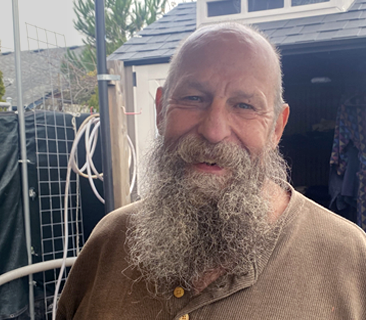
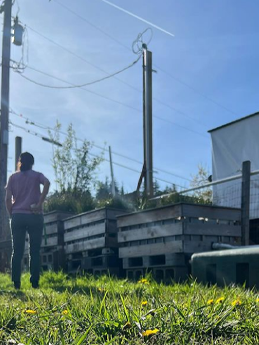
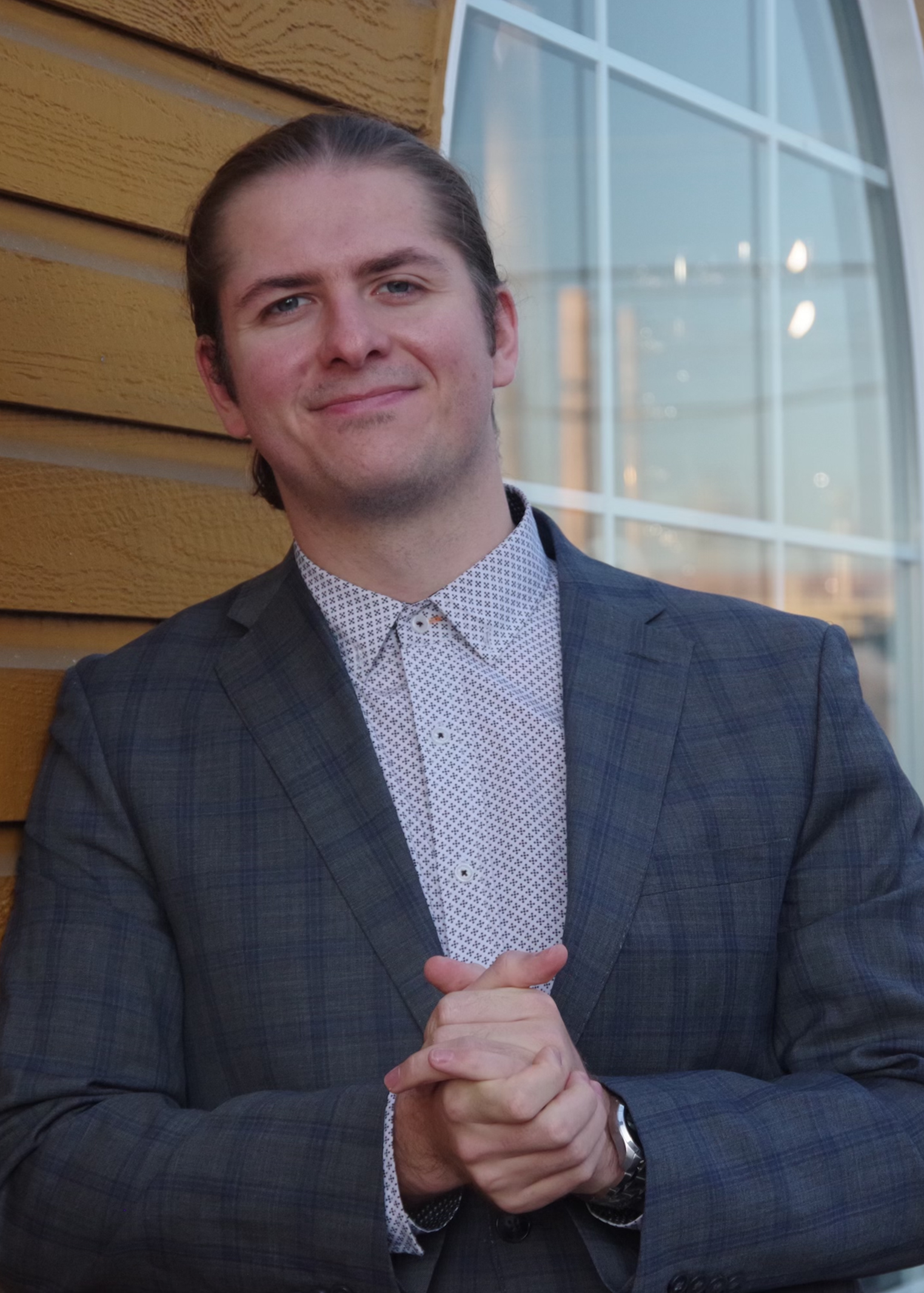

Community Supported Shelters
1160 Grant Street
Eugene, OR 97402
Public Office Hours:
Tue-Fri, 1-4 p.m.
Finance and Tax Information
We are a 501(c)(3) organization, and you may take a tax deduction to the full extent allowed by law for your contribution to us.
(EIN#: 46-2377054)
Newsletter
To stay connected to CSS and learn about upcoming events, subscribe to our quarterly newsletter.
All Rights Reserved | Community Supported Shelters | This site is powered by Neon One



